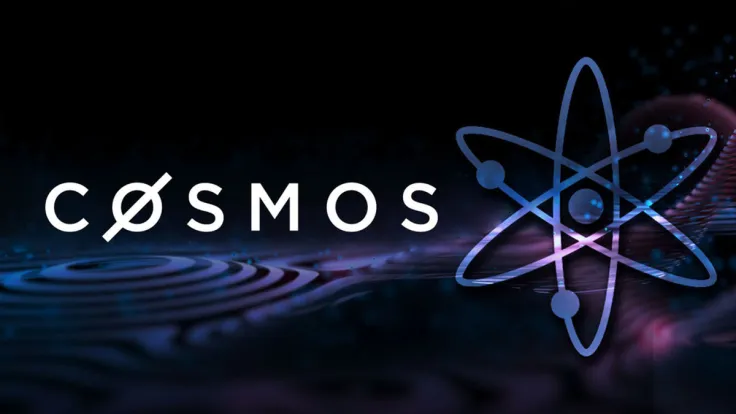
Disclaimer: The opinions expressed by our writers are their own and do not represent the views of U.Today. The financial and market information provided on U.Today is intended for informational purposes only. U.Today is not liable for any financial losses incurred while trading cryptocurrencies. Conduct your own research by contacting financial experts before making any investment decisions. We believe that all content is accurate as of the date of publication, but certain offers mentioned may no longer be available.
Cosmos (ATOM) is one of the Ethereum (ETH) competitors with one of the best market capitalizations. However, it has failed to draw much attention to itself and is losing the popularity contest and capital to other so-called “Ethereum killer” networks such as Cardano (ADA), Solana (SOL) and Tron (TRX).
Cosmos had its launch in 2019 and was developed to be an ecosystem where multiple networks can talk to each other, as well as overcome the scalability and interoperability problems that affect many cryptocurrencies, including Bitcoin (BTC) and its rival Ethereum.
The cryptocurrency is built around a hub-based architecture, where each hub is an independent blockchain that acts as a bridge between other networks. This allows different cryptocurrencies to be exchanged and used with each other without the need for a centralized crypto exchange, strengthening the idea of an ecosystem free of a centralizer.
But why does Cosmos not grow like an Ethereum killer?
First of all, Cosmos solves the problem of lack of communication between networks only in its ecosystem or hubs. Thus, not just any blockchain can reach Cosmos and exchange smart contracts, for example. This breaks the expectation that Cosmos could be a powerful Layer 0 network.
Another factor hindering Cosmos’ growth is the value of the token to its ecosystem. You have probably heard that developing on the Ethereum blockchain is expensive and that fees are paid through the network’s native token, ETH. However, the same importance that Ether has for the leading smart contract platform, ATOM does not have for Cosmos.
On the altcoin network, appchains can create their own logic, which makes ATOM unnecessary since this technology runs its sovereign blockchain instead of a smart contract implemented on another chain.
Moreover, the ATOM community is far removed from the supporters of other ETH rivals such as Solana and Cardano. The community around it is very important for a cryptocurrency because, without it, hardly any project — even a serious one like Cosmos — can survive.Without being able to attract more of an audience to itself, the cryptocurrency may continue to lose ground not only to smart contract platforms but also to altcoins with no real value proposition, such as Dogecoin (DOGE) and Shiba Inu (SHIB).
Does this mean that Cosmos is a bad project?
No. The altcoin, even though it needs to overcome some challenges, remains in the top 10 assets with the most development activity, proving that its network is growing and that more people may soon use it.
It is also worth noting that, although it is not one of the cryptocurrencies with a large community, Cosmos is regularly present on social media, something that is also very important.
In addition, it has made important partnerships, and blockchain industry projects are using its network. A great example of this is the arrival of the DeFi dYdX protocol on its blockchain.
Other advantages of Cosmos are:
- Scalable, low-fee network;
- Passive income through staking;
- Third-generation blockchain;
- Has attracted attention from DeFi dApps;
- More developer-friendly environment.
 Dan Burgin
Dan Burgin Vladislav Sopov
Vladislav Sopov U.Today Editorial Team
U.Today Editorial Team